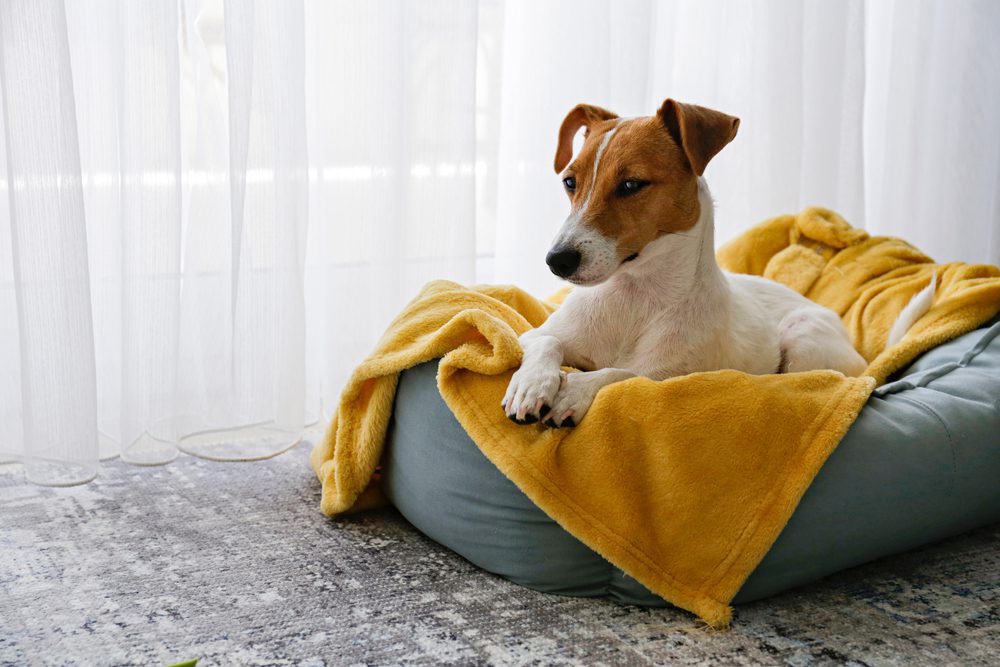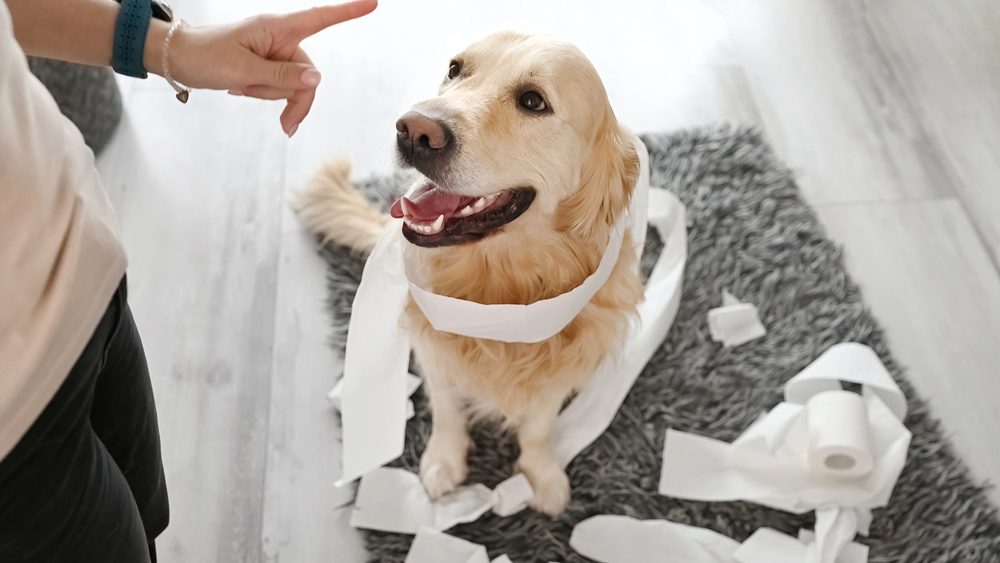The Geeky Gecko presents: signs you have an angry dog!
How can you tell you have an angry dog? Especially if the reason they’re annoyed is you. Do you get the cold shoulder while attempting to rub your pup’s belly? Do you feel as though you’re in the doghouse and have no idea how to deal with your fluffy friend’s behavior?
You might be wondering if your dog friend is upset with you if they have been acting strangely around you lately. However, how can you tell if you have an angry dog?
I’m sure that you love your dear pet deeply, and they surely feel the same about you, but just like in a human relationship, there are times when things are complicated. And yes, pets can be hard to deal with, especially if they sense that something is going on.
According to dog trainers, pups are capable of experiencing fear, anxiety, and discomfort, but researchers say that your canine friends aren’t able to understand why they feel all those emotions. They say that while you might have an angry dog at home, you might not be the reason your furball is upset.
Do you want to discover all the signs that you have an angry dog at home? Then keep reading, because we’ve talked to several pup trainers, and here’s what we’ve discovered:

1. You get the side eye
Dogs use their bodies to express and communicate their feelings, especially with their favorite humans. If your dog shows you certain behaviors, such as prolonged yawning, licking their lips, or giving you the averted stare known as “half-moon eye” or “whale eye,” it could be a sign that you have an angry dog, but it’s also possible to be something else.
These expressions are typically used by pups when they’re anxious and trying to diffuse or defuse a difficult situation. If you notice your furry friend behaving like this, try to give them a snack, and don’t forget to be calm, move slowly, and give them space. These are all ways to help soothe an uneasy dog, so try them and see how your pooch reacts.
2. Pawing at you
Does your pup smack you with their paw or give you a nose blow? Even though they might seem to try and push you away, it’s the opposite.
When your pooch uses their paws to grab your attention, it’s more likely that they want to communicate their desires to you. A dog might show affection, ask to play, or make a request for tasty treats by pawing or nosing.
Pay attention to their clues, and don’t forget to be gentle while talking and moving towards them. These are easy ways to calm down an angry dog, so pay attention, and you and your beloved pup will be fine.

3. Shunning you
Are you feeling neglected? You can easily feel like your dog is upset with you, especially when you’re used to them constantly following you and begging you to play with or pet them. However, trainers say that a reason your pooch might behave like this is because they’re tired or don’t feel good.
Dogs often try to hide their hurt and discomfort, so they might be trying to hide how crummy they feel by avoiding your company. A shift in sociability might also indicate depression, which can strike pups following a significant life transition such as the death of another pet, the arrival of a new baby, or the loss of their owner.
Are these things that recently happened in your household and might’ve affected your pup? Then try to calm them down by gently petting them, giving them treats, and allowing them to have personal space. Don’t neglect them, but don’t try to be too pushy, especially if you have an angry dog at home.
4. Less affection
If your dog used to drool all over you but has stopped all of a sudden, this could be a sign that your best friend isn’t feeling good. Since pups try their best to hide discomfort, they might try to stay away from you, meaning that they won’t engage in any games, pets, or cuddles.
Pay attention to your pup in case you feel it should be avoided because they might be trying to hide an illness or injury. Such a drastic shift in behavior can call for a trip to the veterinarian, so do that ASAP.
5. Hiding in different places
If you notice that your pup is hiding, you might not have an angry dog but only a scared one. As you already know, all animals, including pets, are scared by strong noises, such as thunderstorms, fireworks, vacuum cleaners, and even nail clippers in some cases.
Your pooch can send you lots of signals when they’re stressed, so watch for additional behaviors that could indicate your canine companion is uncomfortable. Give a fearful puppy some space to settle in his safe area, or try luring him out of hiding with a treat or chin scratch until the difficult moments pass.

6. Pe*ing on your belongings
Ugh, this isn’t a pleasant one, so, understandably, you might think you have an angry dog that needs to be calmed down. However, they might not be the only reason for behavior like this. For instance, experts say that a pet is more likely to pee on your belongings if they want to claim their territory, if they feel anxious or scared, or if they’re adjusting to a sudden change in their life, such as the arrival of a new pet or newborn.
It’s also likely that your pooch has trouble waiting for his regular urinal breaks because of a medical condition. If that’s the case, you should take your pup out for a visit at the vet.
7. Chewing up your sneaks
Farewell, favorite shoes; you’ve served well. Has your best furry friend devoured your comfy couch or eaten another pair of socks? Even though it might seem like you have an angry dog and the reason for their anger is you, this behavior usually isn’t.
An angry dog, or a destructive one, depending on how you want to refer to them, is more likely bored or agitated rather than angry with you.
If you see your dear pup roaming around the house, give them something to chew on or play with while you’re away.
You can go easy on your pup and try to engage them in activities that bring them joy, such as playing outside, going for a walk, and cuddling. If you want to have fun with your canine friend and teach them some new things, here‘s a fantastic interactive toy.
Be gentle with your pet, involve them in your routine, and try to reduce the stress factors if that’s something that’s been bothering them. It might not be easy to be on the right track again, but with time and patience, you and your furry friend can be best pals again.
If you try your best to make your puppy calm and friendly again, but you have no luck, you can always talk to a professional dog trainer to give you some tips and tricks.
Have you ever had an angry dog at home? How did you deal with this issue? Leave a comment below and let us know. You might be helping other readers in our community. Until next time, here’s another article for you to check out: 6 Most Common Health Problems of Senior Dogs












One Response
Need support got my frenchi and shenisv8 months old like to poop everywhere